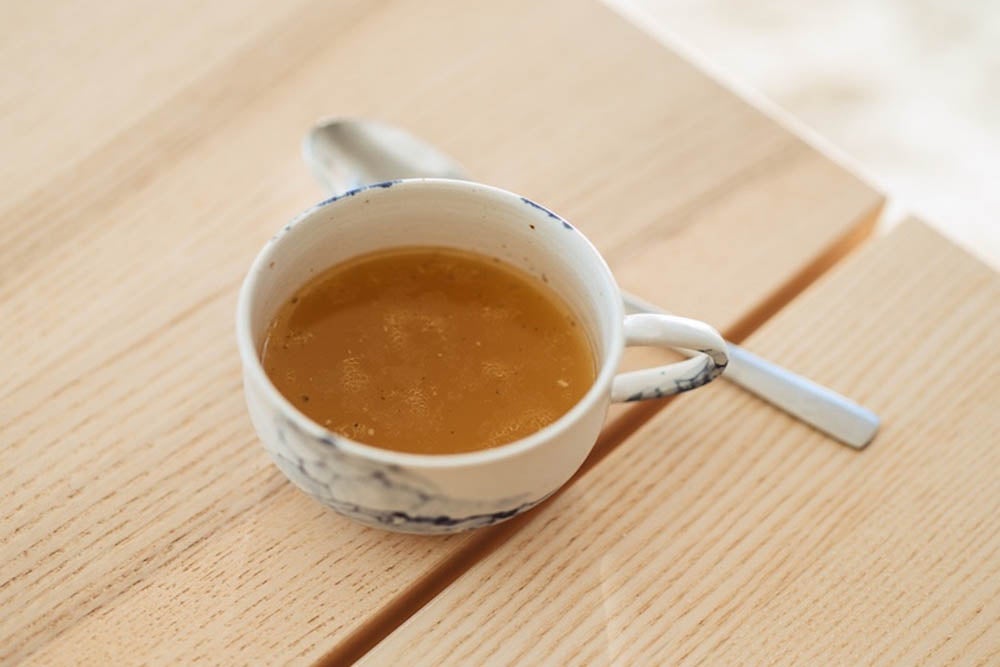The bottom line on bone broth

Bone broth isn’t new, but it is trendy. Backers of the health elixir claim it can do everything from healing your gut to smoothing wrinkles. While many claims are overblown, bone broth does have a lot of health benefits. Here, we’ll dive into what we know—and don’t know—about bone broth.
What is bone broth?
Bone broth is a long-simmered stock made from animal bones. It can refer to broth made from any kind of animal, including beef, pork, chicken and fish. Bones rich in connective tissue, such as feet, backbones and fins, are frequently used.
Recipes may include vegetables like carrots, onions or celery, seasoning such as salt and pepper, and vinegar to help extract nutrients. Plenty of water is added, and then it’s simmered on low heat for 12-48 hours, producing a rich, aromatic broth.
Bone broth nutrition
The nutritional content of bone broth depends on several factors:
- The types of bones used
- How long it’s cooked
- Whether other ingredients are added
One cup of bone broth:
- Is low in calories (40-80 calories)*
- Has a good amount of protein (9-10 grams). However, it’s not a complete protein, meaning it only has some essential amino acids.
- Is usually fat free*
*Note that bone broths made with meat and skin may have saturated fat and cholesterol, and more calories.
Weighing the claims
There’s no doubt that bone broth is a nutritious food, whether you use it as a base for soup or as a warm drink to sip on. However, the claims about bone broth as a superfood tend to overstate its benefits.
It’s true that bone broth delivers protein, mostly in the form of collagen. Bone broth evangelists credit the collagen for most of the health claims. However, there hasn’t been a lot of research on dietary collagen in general or bone broth specifically.
While your body does make collagen to build skin and hair, there’s limited evidence suggesting that consuming collagen through food or supplements can help make skin less wrinkly or hair more shiny.
Some research, done in mice, points to the possibility that bone broth could help quell inflammation related to ulcerative colitis. But again, more research needs to be done in humans.
And while bone broth does deliver a host of nutrients, many of these—such as the bone-strengthening minerals calcium, magnesium and phosphorous—are in small amounts. As for protein and amino acids, bone broth doesn’t give you more of these than simply eating other animal—or vegetarian—sources of protein.
There are also some things to watch out for.
Bone broth can be high in sodium if it is made with salt. Check nutrition facts labels and ingredient lists and opt for bone broths that are low in sodium. Animal bones may also contain heavy metals, such as lead and cadmium, that can become part of the broth. One study, however, determined these are likely to be in small amounts.
The takeaway
Drink bone broth if you enjoy it! But don’t count on it being a magical cure for all that ails you.
Was this article helpful?
Don't wait! Unlock a healthy, happy new year, at no cost to you.
This content is not intended to be a substitute for professional medical advice, diagnosis or treatment. Always seek the advice of your physician or other qualified health provider with any questions you may have regarding a medical condition.
